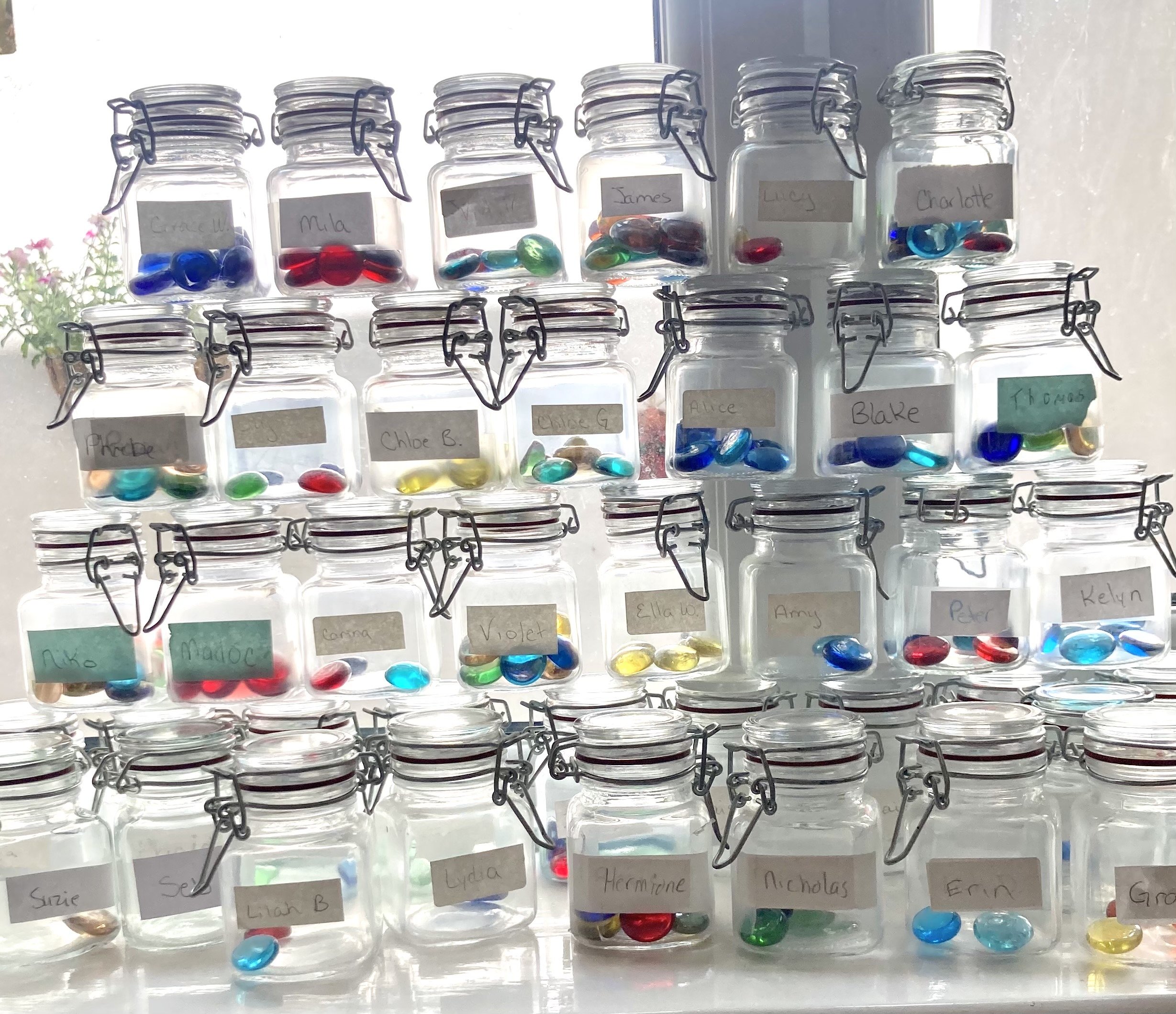
Teaching stories that inspire us to teach music with passion and excellence
“The Mountains” Using “So, La, Mi, Re, Do” to teach piano.
Juliet and I share different ways to learn “The Mountains” from PianoForte Level One. Using basic Solfa syllables “So, La, Mi, Re, Do”, simple rhythm exercises with a focus on healthy technique.
“Wise Owl” Using the Xylophones to Teach Piano
Wise Owl is the final piece in PianoForte Level One. It gives students more experience singing and playing in the minor mode and can be performed in canon.
“Flip Flops” PianoForte Level One, with Bodhran (Irish Drum) accompaniment.
This piece highlights the solfa “Mi, Re, Do,” as well as “La and So”. This piece is also fun because we use the Bodhran for accompaniment.
“The Rabbit” PianoForte Level One. Learning the Solfa “La, Ti, Do”
Juliet and I share a performance of the piece “The Rabbit” from PianoForte Level One. This piece features the Solfa “La, Ti, Do” giving students a chance to practice the minor mode and that tricky semitone-the leading tone.
“By the Sea” PianoForte Level One. Learning the Solfa ‘So, La, Mi”
Juliet and I share this sweet little song from the first level of the PianoForte method. We demonstrate how we use singing to begin the piece, how it naturally supports beautiful technique and also how we sing the rhythm.
The Gem Jar Practice Challenge - How I Keep My Students Motivated
A few years ago I invented a challenge for my students to help them practice regularly. I had a bright idea to create a challenge based on the theme of “Gem Jars”. It has been so successful that it’s become a firm favourite in my studio and I’m pretty sure it’s here to stay FOREVER!
How to Make the Transition from Singing Solfa to Reading Music
As a piano teacher, it’s easy to approach our lessons as though we are training young spies how to decode something secret: “here are some black and white keys, here is some notated music - let’s learn how one represents the other” This however, is not music. ..
Why Piano Technique is More Than Hand Movement
Good piano technique is not a visual demonstration of beautiful or “correct” hand movements. Good technique is the skilled production of musical sound. It is an understanding and an imagining of sound variations.
Acoustic Piano or Digital Piano - Does it Sing?
“It makes no difference if a piano key is hit by a finger, fist or an umbrella.” Should our students have digital pianos? Should we turn students away if they don’t have access to an acoustic piano? Are we elitists on one side or poorly educated on the other?
Why My Piano Students Don’t Clap Rhythm
Several years ago I stopped teaching my students to clap rhythm values. Instead we learn pulse and the rhythm gets layered on top . . .
Teaching Piano Technique Online - a few tricks
Teaching piano technique cannot be ignored for the weeks or months that we might have to have lessons this way. I’m having to be inventive and I found a couple of tricks that are actually really helping











